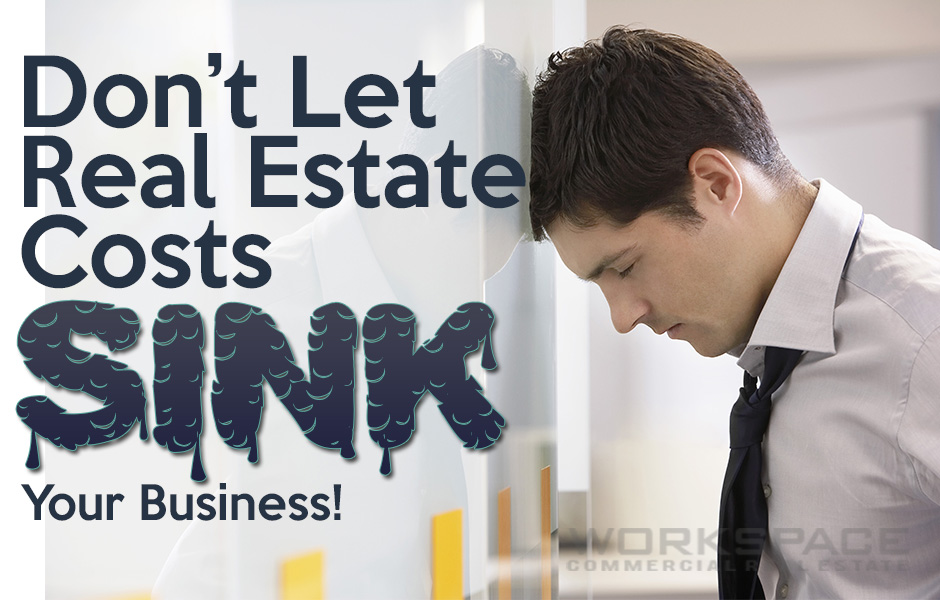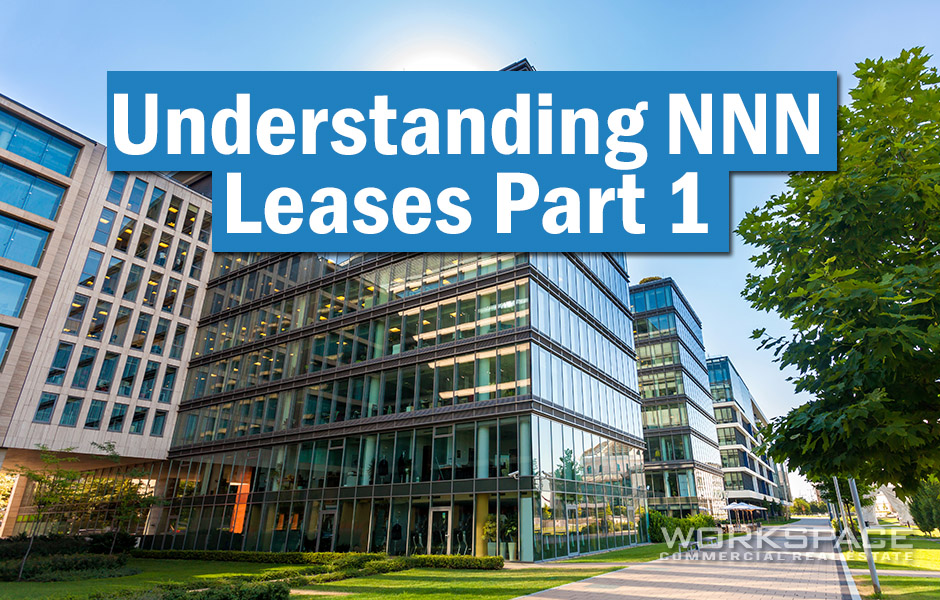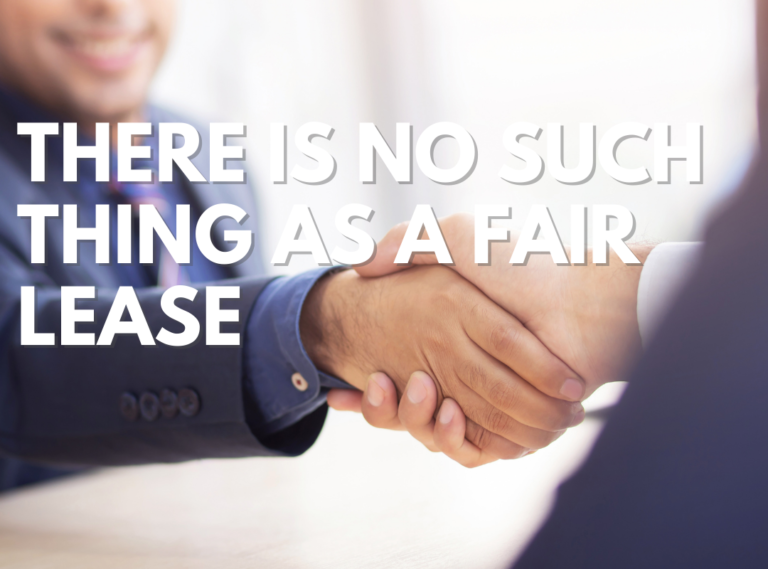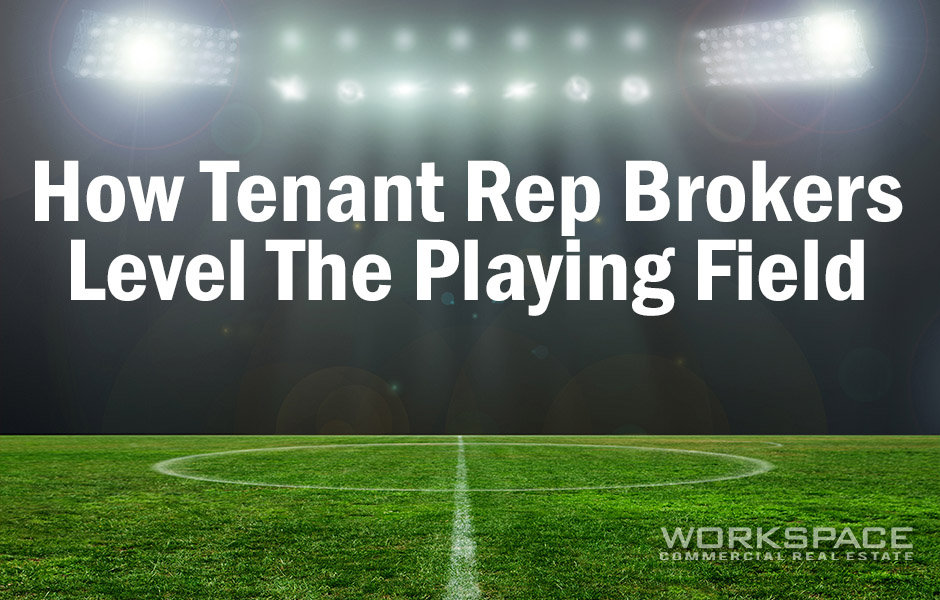Don’t Let Real Estate Costs Sink Your Business
You (and everyone else) want the absolute best space they can for the lowest price possible. Attractive curb appeal, great visibility, signage opportunities, at a low price. As the captain of your ship, make sure that you are looking at what lies beneath the surface while navigating the economic waters. A simple lease transaction could have unexpected consequences that could devastate your business financially.
Cost of staying
The average rent increase for a commercial lease is between 3%-8%. Depending on the amount of rent you are currently paying, this could be a lot of month and it could take your business from black to red.
Moving cost
If you feel like you have found another location that could improve your business financially, don’t forget about the amount it will cost you just to move. The average commercial moving cost is roughly $3 a square foot. That can add up quickly if you have a few thousand square foot of real estate.
Internet/VOIP setup
On top of the cost of moving your business operations, you also need to set up a new communications system. This can be a bit more expensive than your average residential move. Commercial internet or VOIP setup can range anywhere from $400-$20,000 depending on the size and complexity.
Additional rent cost
Just because you have found a good deal on rent at another location, don’t think that this is the only number that will change. Most insurance rates are based on location and change depending on crime rates and other insurance claims in the area. Tax rates also change based on zip code in many areas and if you work with a new management company, the may have different fees. Your rent may go down, but your overall cost may go up.
Utility costs
Another thing that can change based on circumstances is your utility costs. Keep in mind what your landlord does and doesn’t include in the lease. Also factor in the size of a new location. If you add a couple thousand square feet of commercial space, you will need to pay more to heat, cool and light the space.
Need a smart building
If you are running a business that is in the tech field or you operate mainly online, you may need higher than average data transfer rates. IF you want at least 50 MB per second transfer speeds, the wiring inside the building is going to need to be able to handle it. Some older buildings with older or even non existent communications wiring might have thousands in hidden costs to upgrade these areas. Newer buildings with these features will cost you more in rent.
Have to buy new furniture
You new location may have a completely different layout or have additional square footage that needs to be filled. New furniture or office machinery may need to be purchased to make the new space function efficiently.
Consider personnel changes
Just because your new property works great for you, doesn’t mean it will for everyone. Some employees might not be able to make it to the new location easily. If you have employees who take the bus or carpool on a specific route. This may add the cost of hiring and training some new employees to you moving expenditures.
Consider traffic, travel times
The new property might also be in a perfect setting for price or foot traffic, but your commute time could increase. If you are moving from a rural setting to be closer to the city, you might add hours of traffic to your commute. If you are going to be closer to the city, you may also have to factor in parking fees.
Notify customers you are moving
If you have a retail location with physical customers, how will they find you once you have moved? You will have to pay for signage and mailers to warn your customers of the upcoming move. You will also have to take into account the sales you may lose because some of those loyal customer are still unable to find your new business space.
Account for how the business will change if a move happens
Not everything will stay the same after you move your business. In a retail space, some repeat customers won’t want to travel to your new location. You may need to change the products you offer to cater to the clientele at the new location.
Consider zoning rules
Not every location has the same rules. Some retail locations have rules about exactly how the signage has to look. This could mean you are paying to have new signage made instead of reusing the old signage. They may also have different rules for employee and customer safety that mean buying additional safety equipment.
Consider existing business contracts that prohibit your use in the building
Building may have specific lockout hours that won’t work if you have early morning or late night business operations. If you run a yoga studio that offers classes early in the morning or later in the evening to accommodate your clients’ work schedules. The parking lot may be restricted for use by another building leaving you little parking available to meet your customer needs.
All of this is floating below the surface. Take the time to really investigate all the aspects of your move beforehand and calculate all of the hidden costs. Talk to an experienced broker as they know what added expenses there might be that you haven’t thought of.







